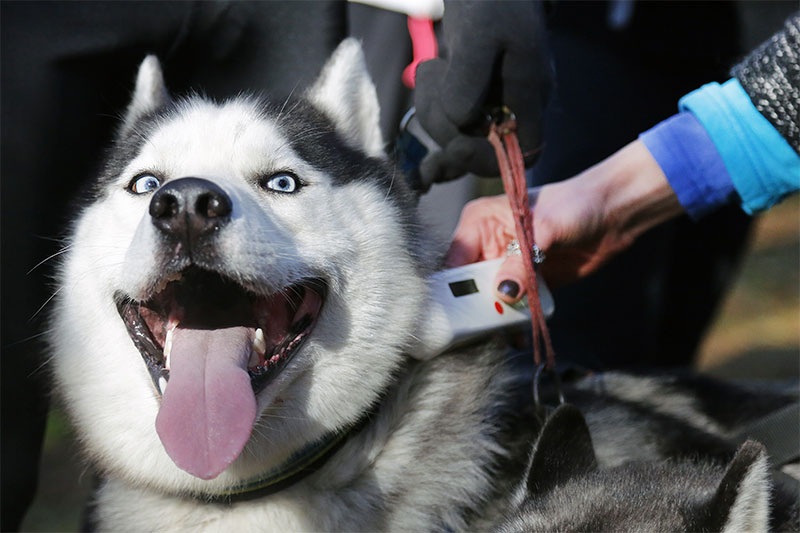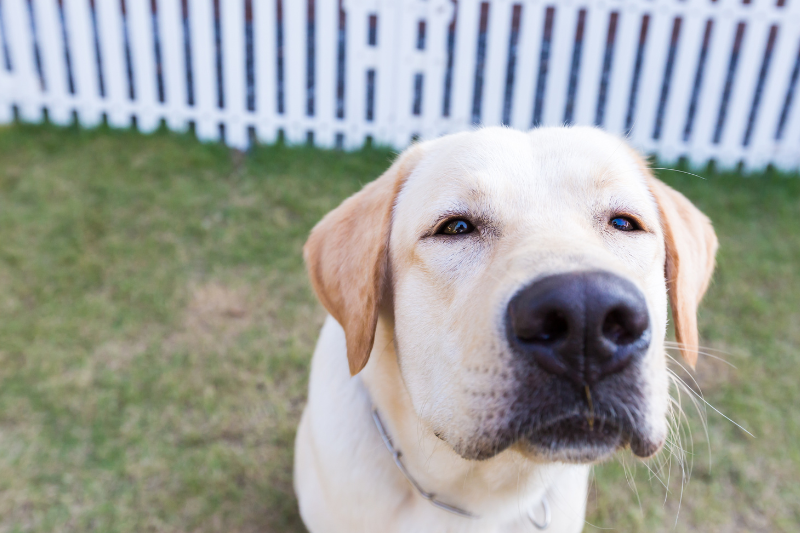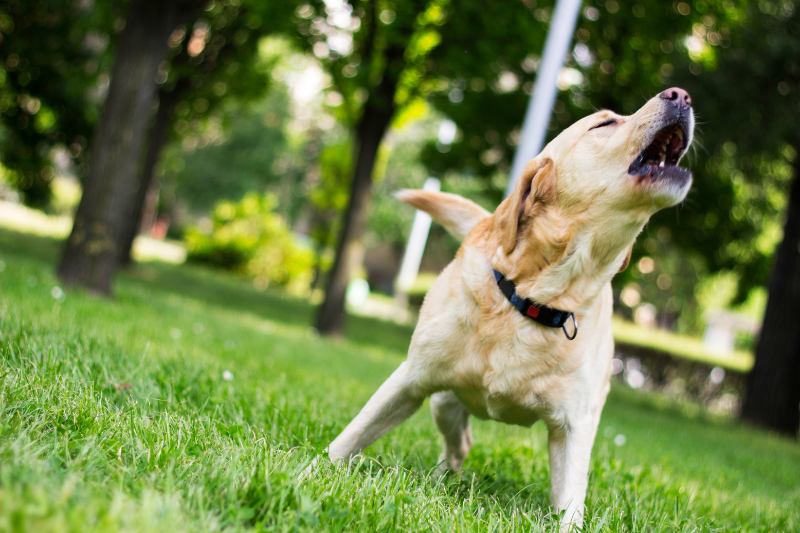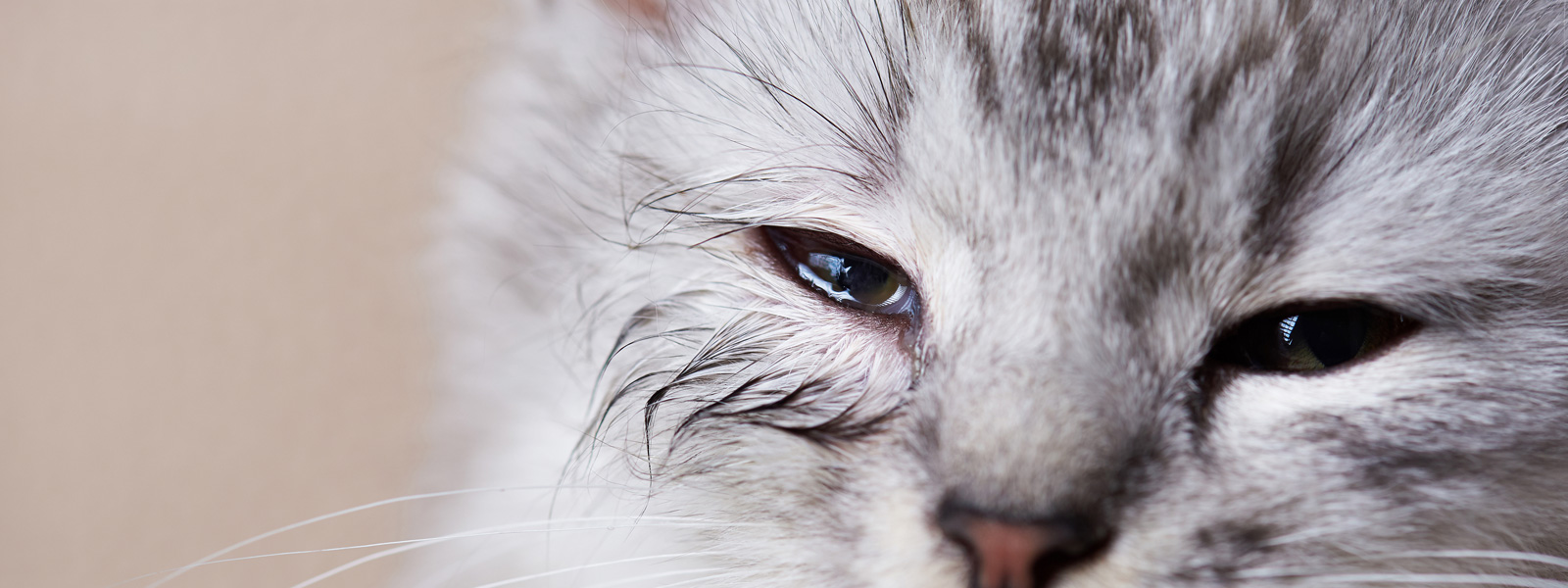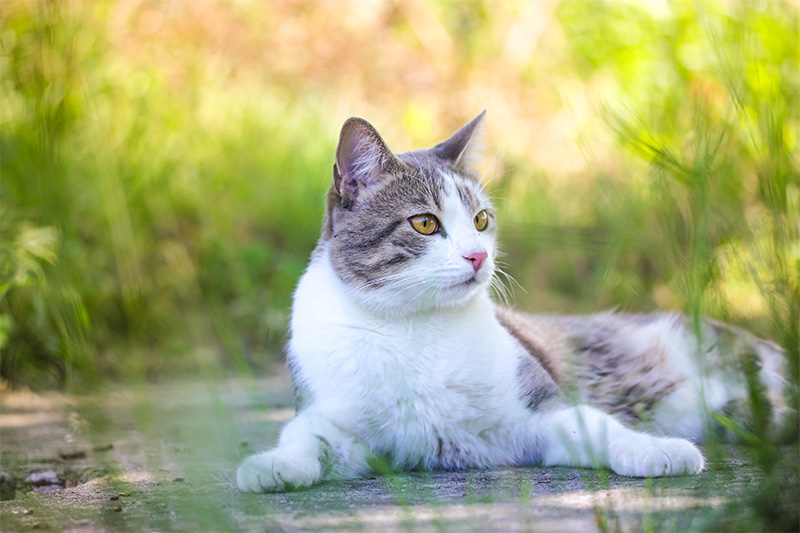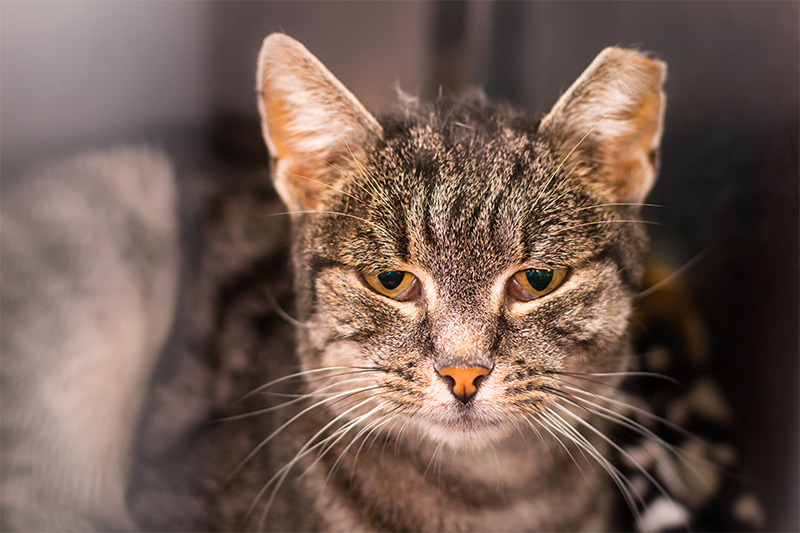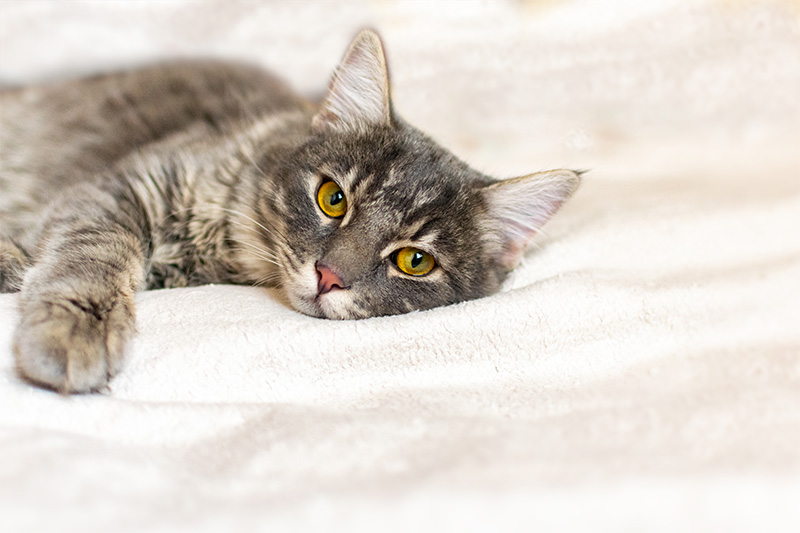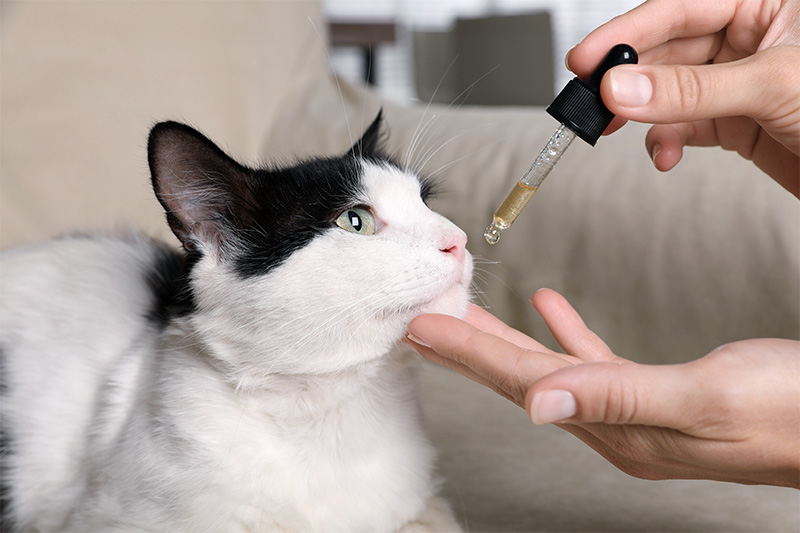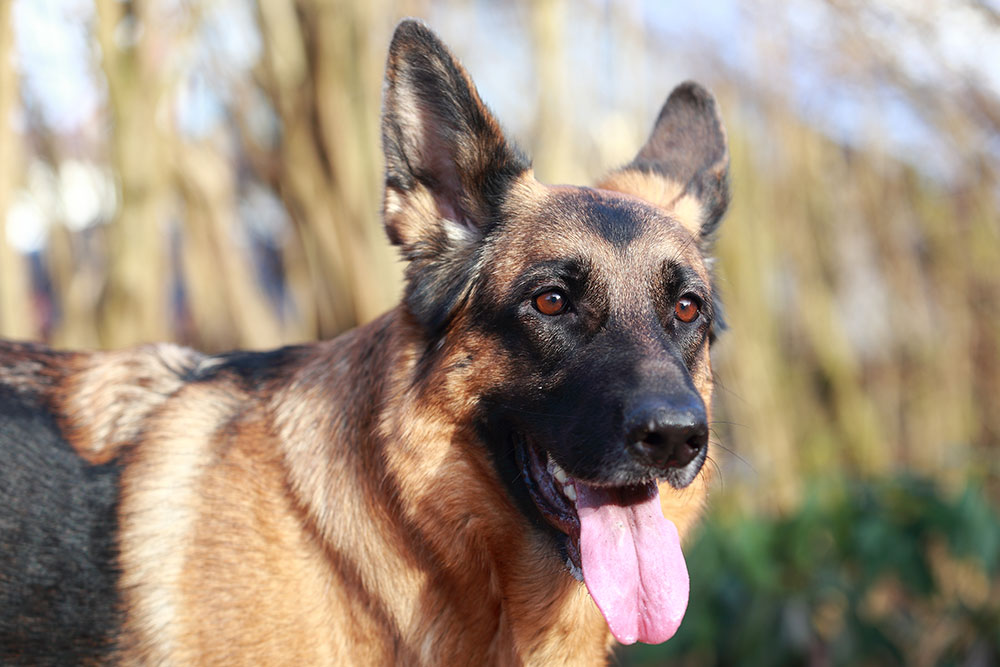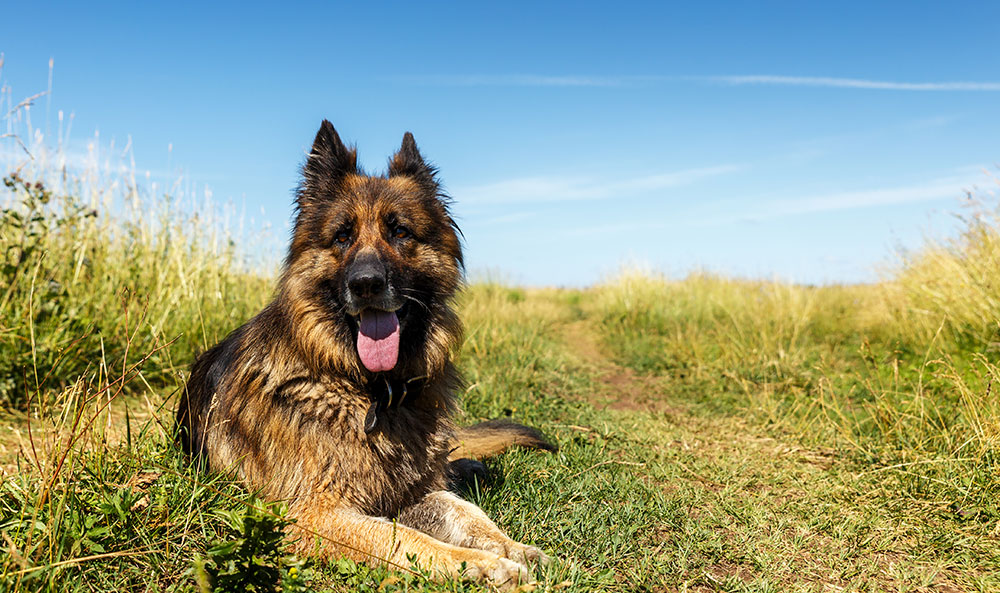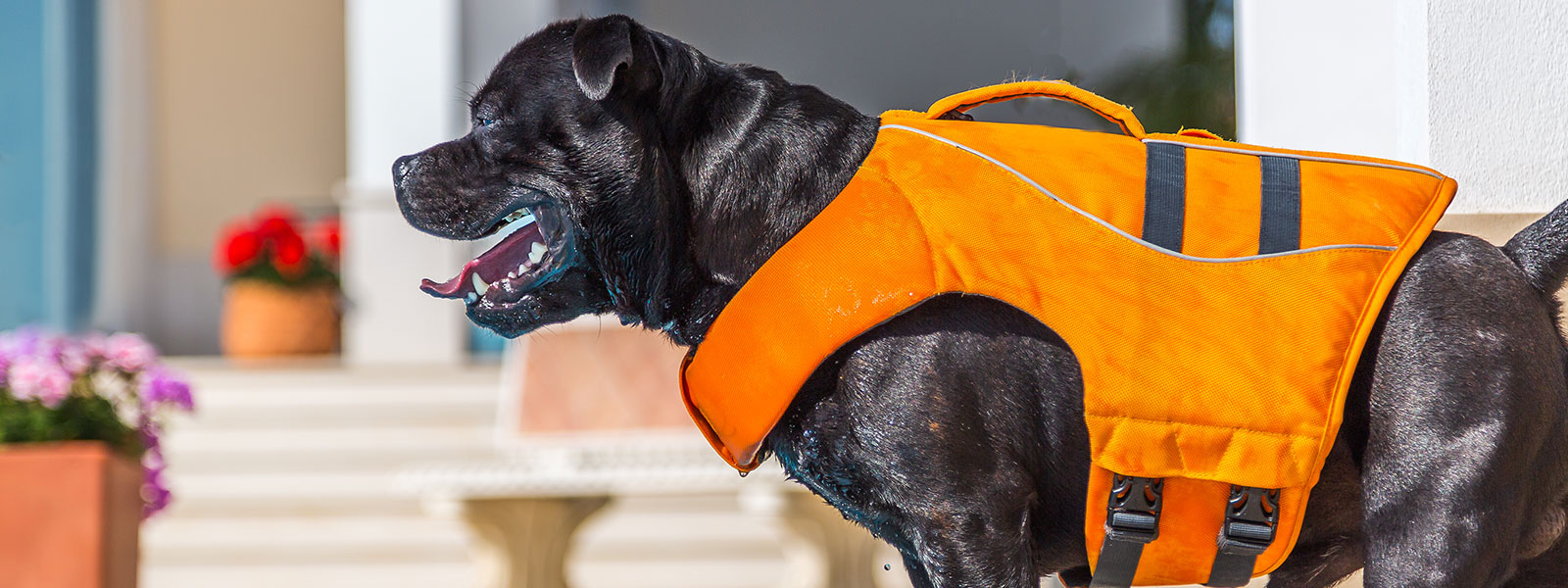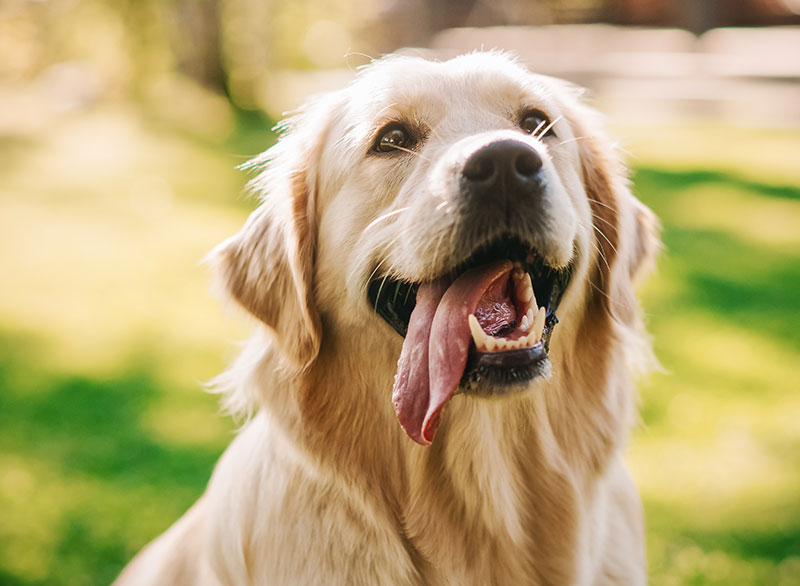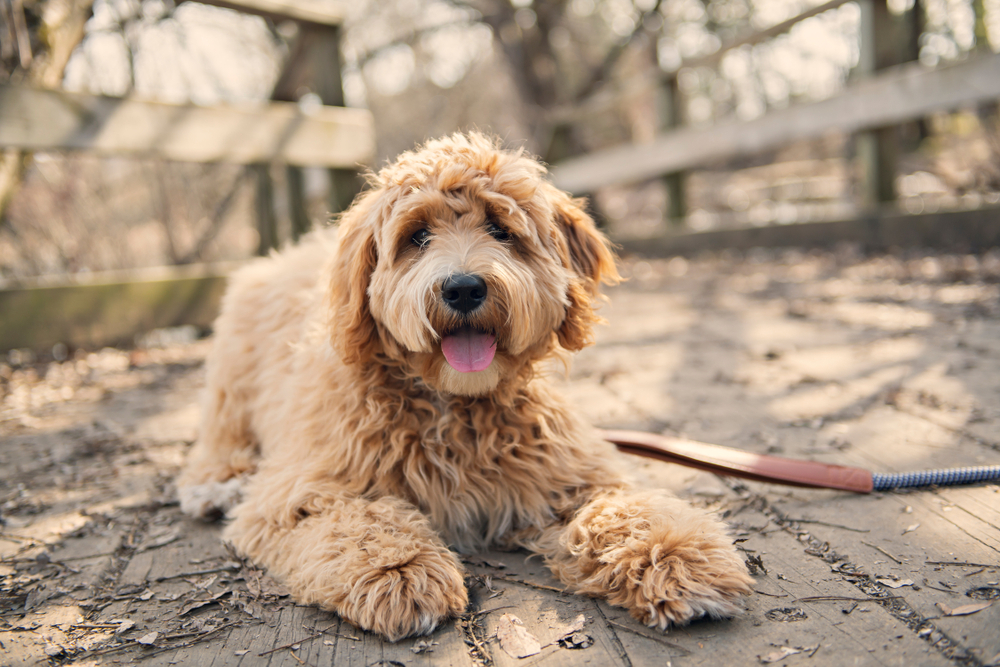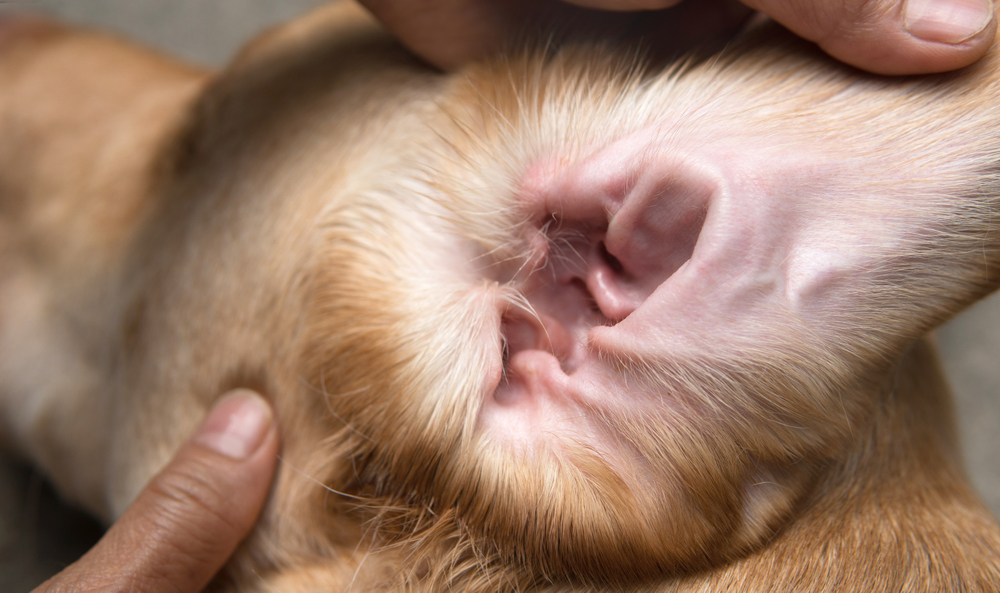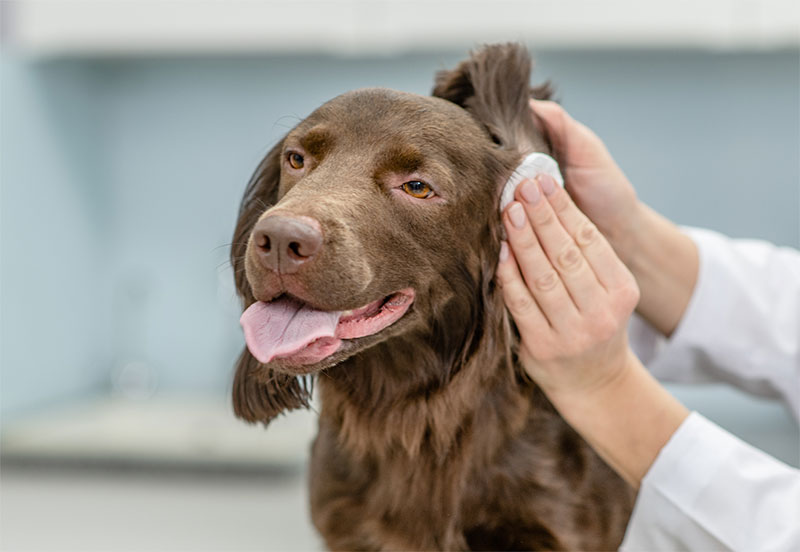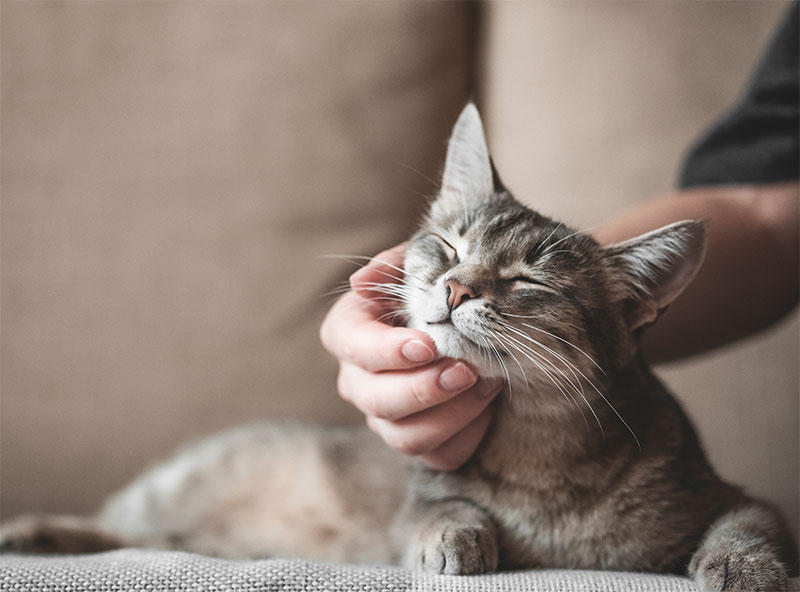
10 Ways to Give Your Cat Love
At Sleepy Hollow Animal Hospital, we love cats throughout the year, but December is National Cat Lovers’ Month, a month set aside to celebrate cat appreciation while taking time to show your cat some love, too. Since cats are a different species, they can experience love and affection in some ways that differ from people. So, consider using the following ideas to show your cat how much you appreciate them this December.
10 Ways to Show Your Cat Some Love for National Cat Lovers' Month
1. Snuggle Up for Quality Time
You can show your cat love by simply spending time with them. Let them sit on your lap to watch a movie or snuggle up while you read a book.
2. Set Aside Time to Play
Cats need to play in order to stay happy and healthy. You can help them play by providing toys and interacting with them. Get a cat teaser with feathers or bells (making sure not to let them ingest any of these fun toys) and you’ll have fun watching your cat leap and run.
3. Provide a Safe Perch
Cats like to feel safe in their surroundings. For most cats, this means having a safe place to perch above the ground. Add a cat tree, hammock, or shelf to your home.
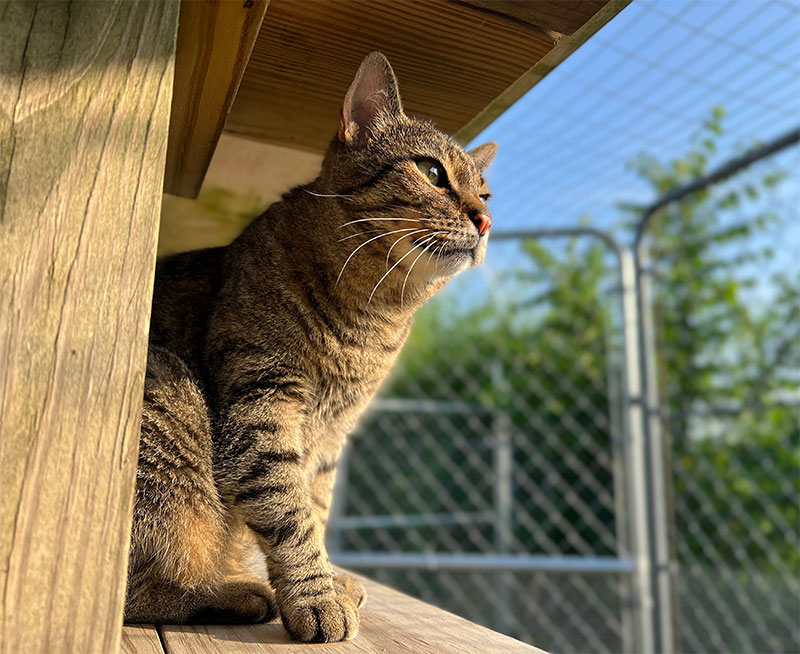
4. Give Them a Place to Scratch
Cats mark their territory and keep their claws at a comfortable length by scratching. Instead of getting angry when they scratch your furniture, provide them with appropriate scratching surfaces throughout your home.
5. Spoil Them With Treats and Training
Start training your cat with small treats and marker (click) training.
6. Go Wild With Catnip
Get your cat a catnip toy or treat.
7. Focus on Grooming
Brush your cat to keep their coat and skin healthy.
8. Learn Their Language
Cats use different meows and postures to communicate with their humans. Pay attention and learn how to speak their language.
9. Give a Good Massage
Cats love a long, relaxing massage. Petting them along their back, under their chin and up by their ears are especially great spots to target.
10. Consider Adopting a Friend
Get your cat a buddy for company when you’re away. Just be sure to introduce them carefully.

Feline Wellness and Care at Sleepy Hollow Animal Hospital
Although your cat might not realize it, one of the best ways to show your love is by making sure they have the veterinary care they need to stay healthy and happy for life. To schedule an appointment or learn more about showing your cat love through quality veterinary care tailored to meet your cat’s needs, we welcome you to contact Sleepy Hollow Animal Hospital today.














